Long Live Aluminum Rims – by Grannygear
I am a fan of alloy wheels. And by that I mean wheels built with aluminum rims. Yes, I know that carbon is the darling of the industry, but thinking back, every wheel I have struggled to like has been carbon and my favorite wheels, both for gravel and for road, have been aluminum.
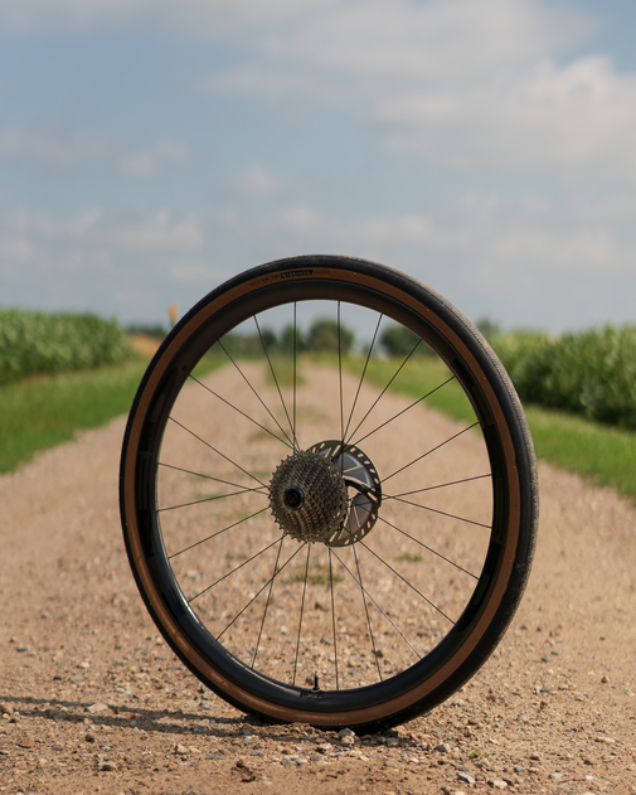
Now it’s not as simple as that. Carbon = bad. Aluminum = good. Maybe I chose poorly and had lousy carbon wheels. Maybe I was using them in the wrong applications. Maybe I simply have no feel for what is ‘better’. Maybe I suck. I dunno. And I am certainly not saying that I will never ride another carbon wheel. In fact, I certainly would, given the right situation, especially for road use with disc brakes.
And carbon is typically the direction that a rider will head when they are looking to upgrade a wheelset. That may be the right thing to do. If you are speed focused on the road, carbon is certainly king. Those 30 to 50mm+ deep, externally wide rims are pretty impressive looking when paired with a 28-30mm tire. Besides, a shallow aluminum wheel on a fat carbon bike frame looks waaaay less sexy.
But in the rush to carbon, the lowly alloy wheel has been relegated to being a second class citizen and that is too bad, really. Because the value is still there in an alloy rim, even more so for gravel. The biggest selling points for a carbon rim are typically three things: Less weight, more stiffness, and more aero bennies. I mean, what is not to like about that?
As far as weight goes, there are any number of alloy wheel builds that hit the same weight of a carbon build. But in order to do so, the alloy rim will typically have a shallower rim profile (less depth) and/or a narrower width, especially external. Some of that is due to the requirements of a carbon rim wall being thicker for enough strength. So you will not see much in alloy that is over 30mms deep (how tall the rim is). A 50mm tall aluminum rim would be pretty heavy.
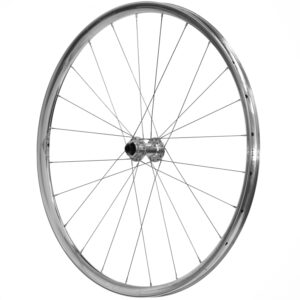
I am still a bit skeptical regarding the aerodynamic effectiveness of a deeper rim shape when the tire is always going to be much, much, wider than the rim. I have read that in order to have maximum aero gains, the tire should actually be slightly narrower than the rim. The rule of ‘105’. Well that means a rim for gravel would need to be about 40mms wide and then some. Yeah. That would also subject the rim to a lot of sidewall strikes from rocks. Not so great.
Show me the numbers of how much gain there really is for aero shapes and gravel bikes. I suppose if I were really trying to win…well…something…and I was out in the winds of Kansas for 15 hours of racing, I would go for any marginal gain I could get. I would also expect to feel more effect from the winds catching that fat tire and deeper wheel, pushing me around more.
But, even if we say that deeper carbon shapes are effective for increasing speed on a fattish-tired gravel bike, then we end up with a wheel that is typically less comfortable. The deep rim shape itself will likely be stiffer and spoke length is shorter, further reducing comfort. Perhaps if you are a very heavy or powerful rider then you really need the extra beef in the rim that carbon can bring. I am not sure that is the best way to gain wheel strength for gravel though. How about a higher spoke count? It’s an interesting discussion.
Just look at what has cropped up in the industry where you have some manufacturers touting that their carbon wheels are ‘more compliant’ or comfortable. Huh! The only thing that would be driving that would be data or feedback that carbon wheels can be too stiff for the application. Otherwise, why even bring it up?
Stiffness is overrated for gravel in my opinion. For a race bike in the smoothest conditions or for a rider that can put up with a chattery ride in the quest for immediate power transfer, it’s all well and good. But Joe and Jill Average have no interest in winning a Belgian Waffle Ride. They just want to get out into the country on their gravel bike with the group and enjoy life.
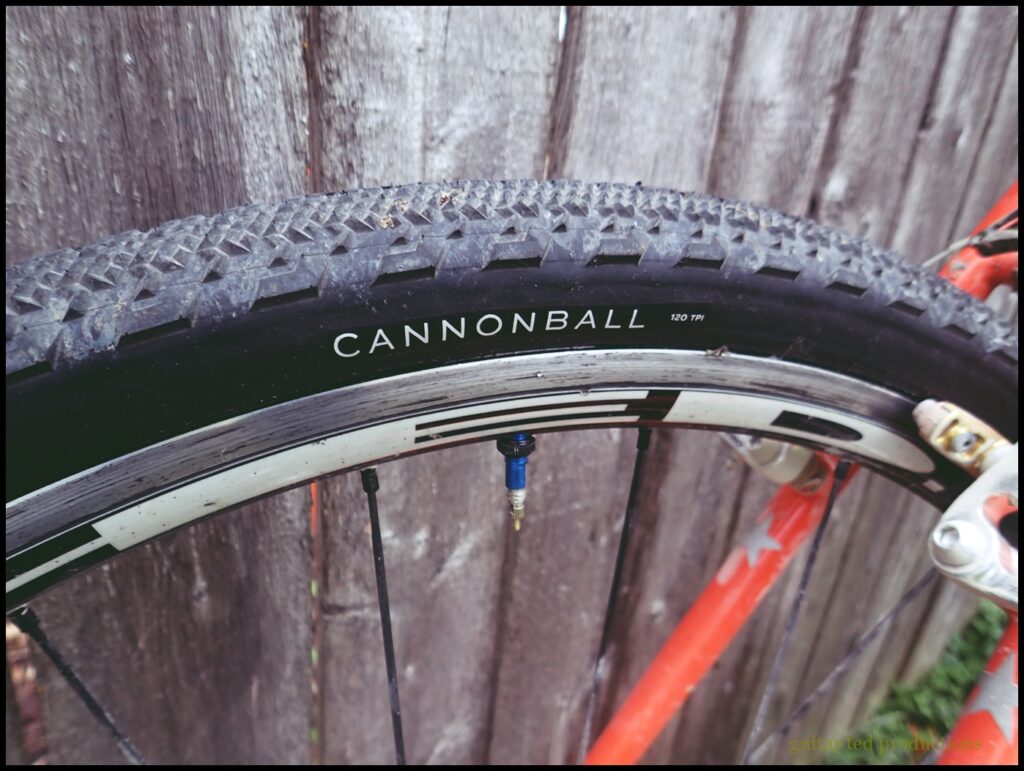
So if we are willing to forgo a bit of aero improvements, real or imagined, and we take a step back from the ’stiff, stiff, stiffer’ march to the sea, then alloy rims make sense.
For one thing, they do not fail in the same way a carbon rim does. They dent and they bend and they may be repairable or not, but they do not crack and splinter and come apart. I would further say that many carbon rims are actually harder to break as compared to what it takes to dent aluminum, but when they do fracture, it’s done and over. On the flip side, It’s also been my experience that carbon wheels stay in true better than alloy. A hookless sidewall can also reduce pinch flats (tire damage) as it is a broader surface for the tire to contact.
Then there is the cash outlay for carbon. Thanks to China, we can now buy some pretty cheap carbon wheels. Maybe even under a grand (and you can buy individual rims and build your own wheels too). But its pretty typical to read about low budget carbon wheels being less than sparkling performers when actually used. For instance, you need to consider hub quality and spokes, etc. Exceptional carbon wheels seem to be in that $1500.00-$2500.00 range.
But a great wheel, even a really good one, is more than what the rim is made from. As I mentioned, there is the spoke quality and the build quality to consider…how even the spoke tensioning is, etc. And carbon all pretty much looks great on the outside, but what is underneath that lovely skin is a gamble that tilts away from your favor as the wheel costs drop more and more.
Which brings me to today.
I was looking for a set of gravel wheels that would give me a constant, a known quantity, if you will, for testing tires and such for ridinggravel.com. And I had just put a pretty big dent into the front wheel of one of my old 29er XC wheelsets, killing a tire in the process. And the bearings in that hub were getting pretty rough. And the rims were not that wide internally. And the wheels were 1800 grams +. Not that light.
And as I pondered this, I thought about how these bike parts have gotten very expensive and that, with the state of the economy, extra cash for $1000+ wheels might not be so easy to swallow.
When I was boxing up the 35 carbons to go back to the Hunt mothership, I got to wondering. And wondering lead me to Googling. And that lead me to shopping. And emailing. And now I have 2 sets of inexpensive alloy gravel wheels for long term use. One will be a wider version in the new vein of gravel rims, and one will be more conservative for smaller tires. Both are decently light but not record setting. Both were under $500.00 retail for the set (plus taxes, shipping, etc). And just to be clear, one set was supplied at no cost to me and one set I bought with my own money at a reduced cost.
I will be running these on two different bikes for now, so both will be in use. I need to get all that figured out. I will weigh them and take pictures and such what, then…. then I will just ride them. Over and over. And live with them. We shall see. Will I have ‘alloy regrets’? Or ‘carbon envy’?
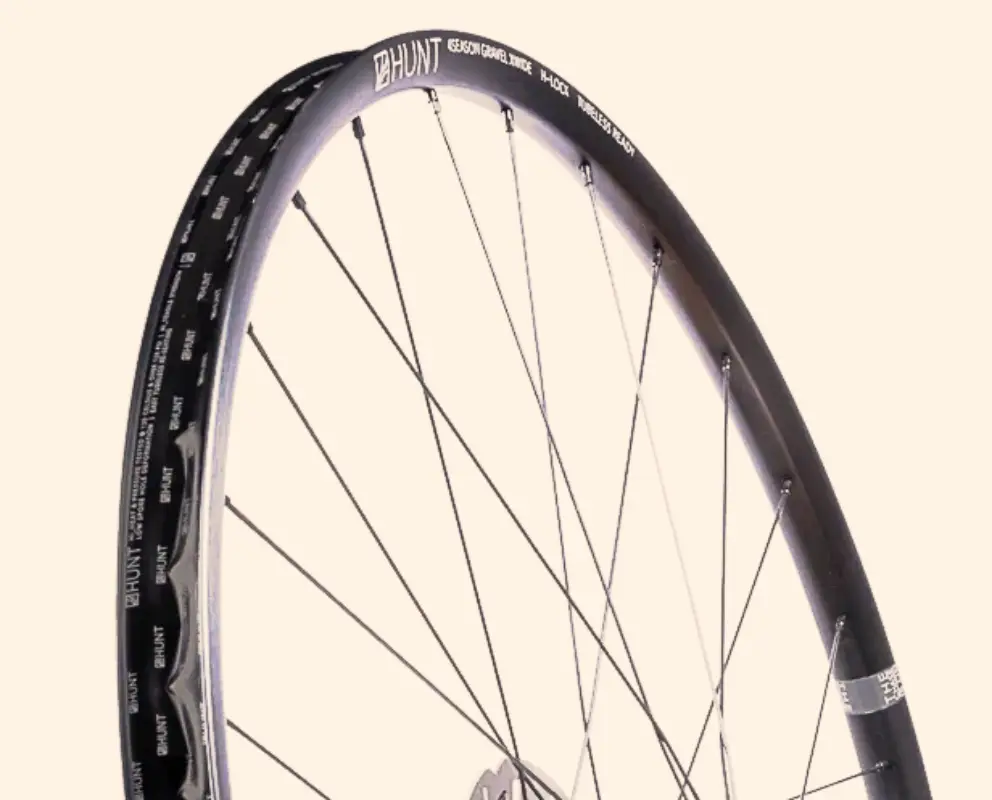
What are they. A quick peek:
Hunt 4 Season Gravel X-Wide: Both share the same 4 season hubs, spokes are simple, round, J bend types (butted of course). One rim is wider internally than the other, but both are adequate for a 40+mm tire. Weights are moderate, but so are the costs and either would likely be a weight savings over a stock OE wheel unless you paid out big for that particular bike model.
In the next post will be talking about how I will be using them…what bikes and what tires, etc, along with weights and such-what. Can we be happy with a five hundred dollar aluminum wheelset that is not sexy or bleeding edge ANYTHING?
I think so. For your sake, I hope so.
NOTE: Hunt provided one set of wheels at no cost and another set at a reduced price to Riding Gravel’s contributor, Grannyear, for test and review. We are not being paid, nor bribed for this review and we will always strive to give our honest thoughts and views throughout.



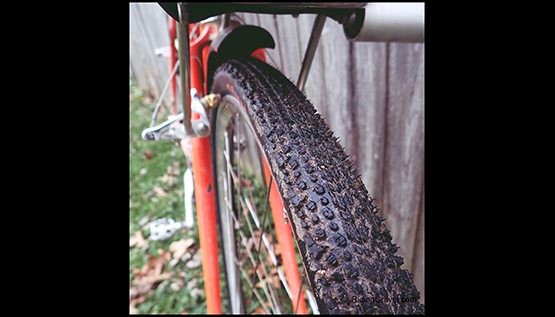

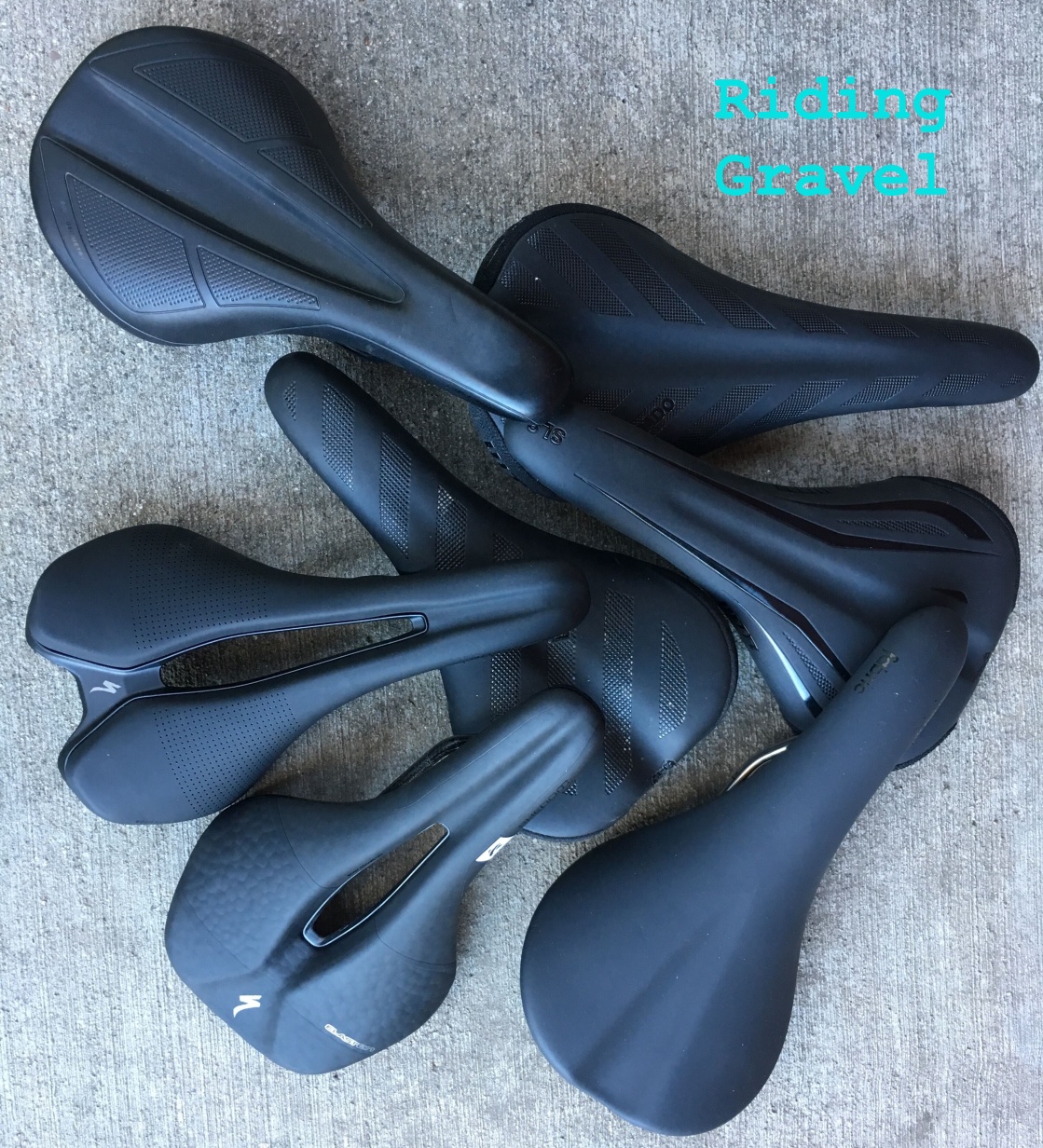
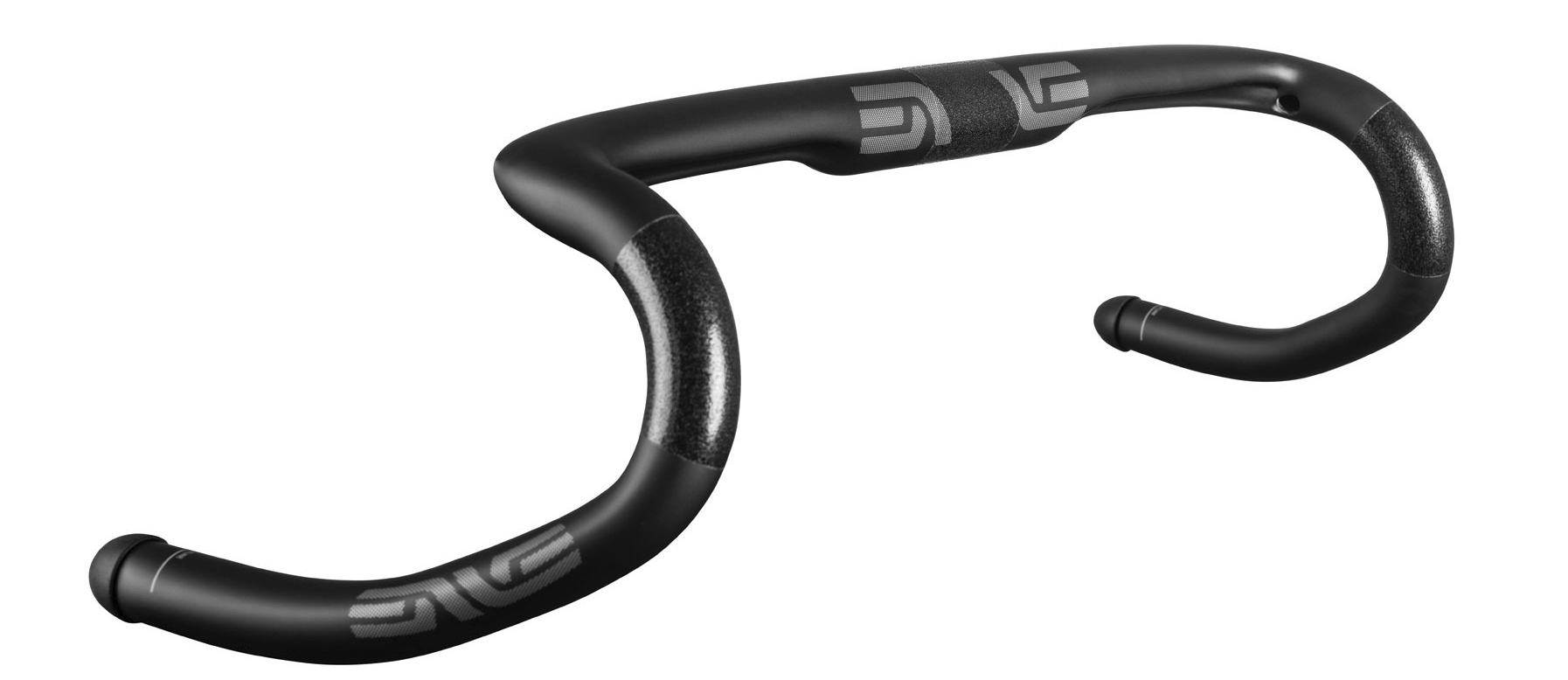
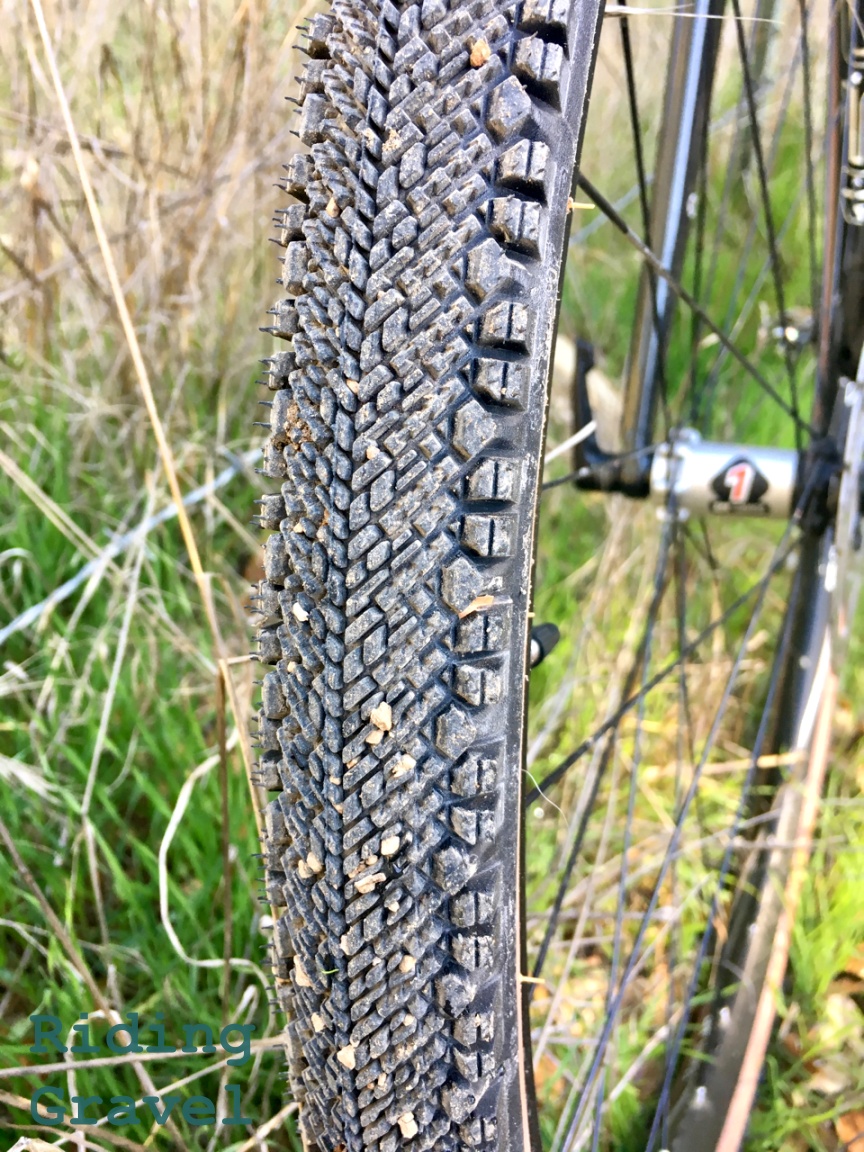
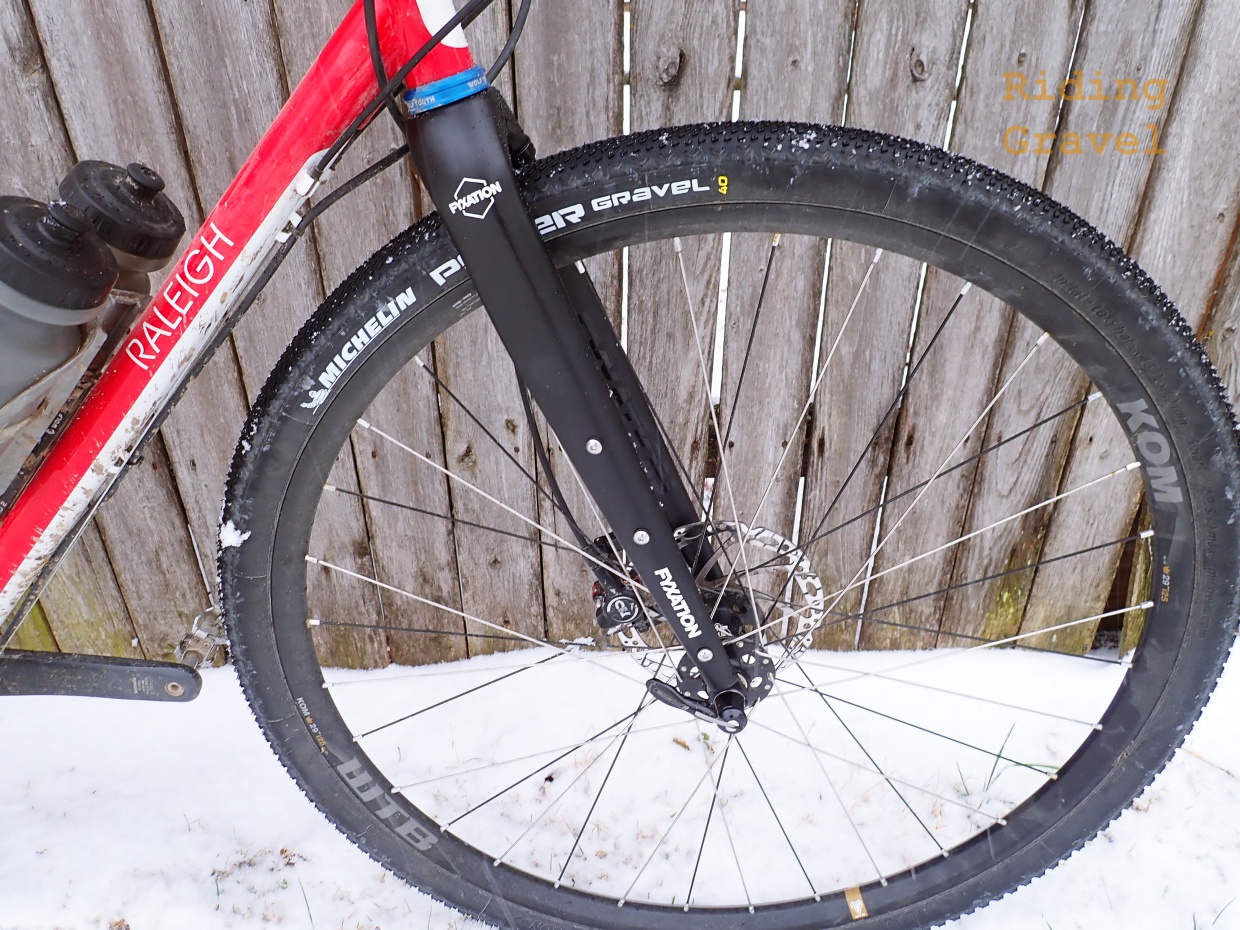
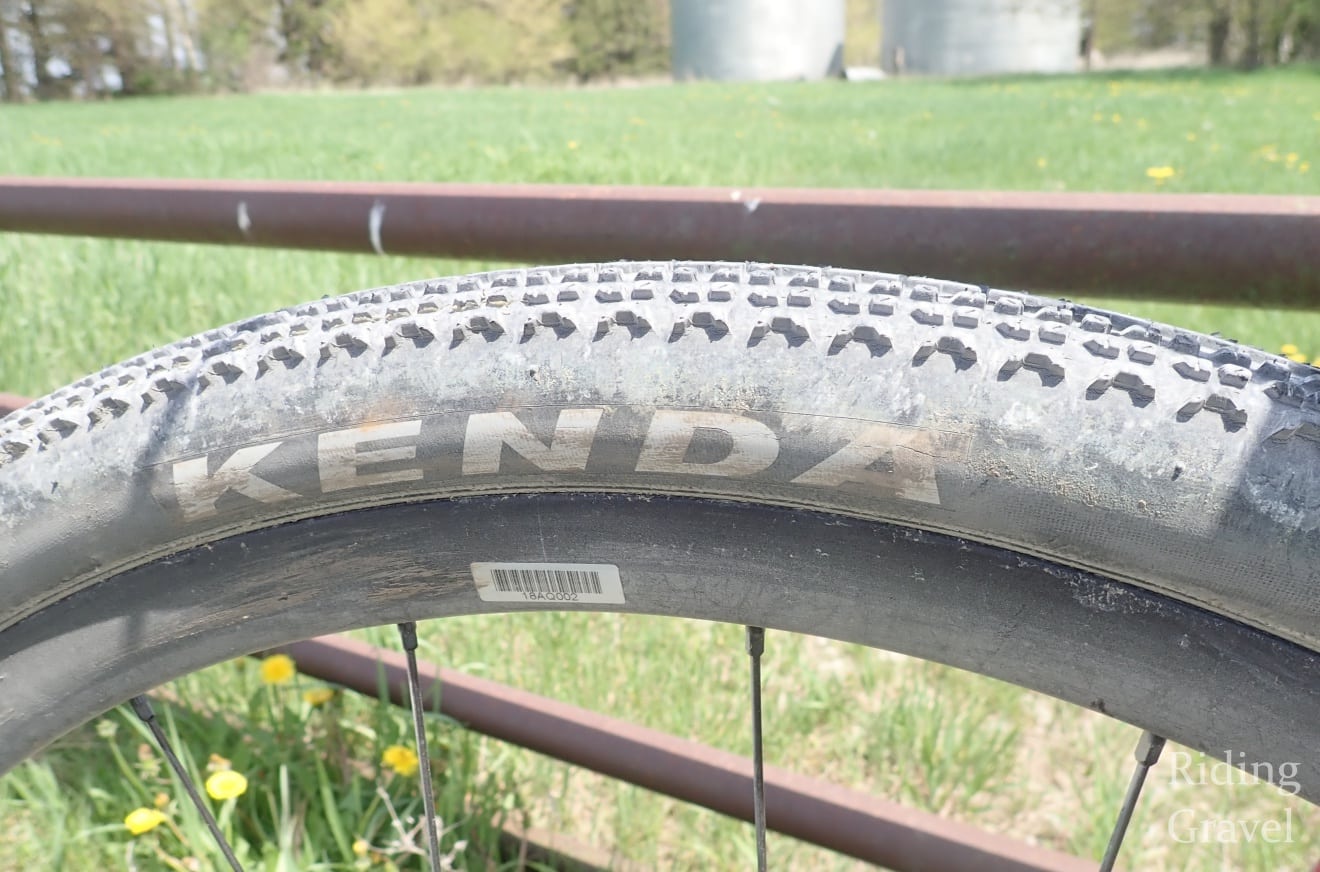

I have been riding on Prime and Hunt wheels for several years now and very satisfied with the comfort, reliability and weight of these (1200-1600g wheelset weight)
Not to sound like an old retro grouch, but metal is still best for many bikes and components. GT did a review of Industry 9 wheels and I tried a set for gravel. They are so good, I got another set for road. The weight is very competitive and the anodizing option is a cool factor plus.
I’ve been running the Hunt 4 season wheels for two years through a couple thousand miles of gavel, and they have been great. A qualjty sub 1500g wheelset for under $500 is a hard to beat for the avg cyclist.
I loved reading this article. And thanks for keeping in mind us rim brake users! I have been riding some new carbon rims (kind of on the cheap side) and have about 500 miles on them. I find them to be pretty stiff. They corner great and hold their line but when the wind blows I definitely have to get out from my tuck (they’re only about 35mm deep). They feel fast on the flats but I also feel a little more beat up than I did on my aluminum rims. Since the weight is about the same then I might go back and try out an aluminum set.